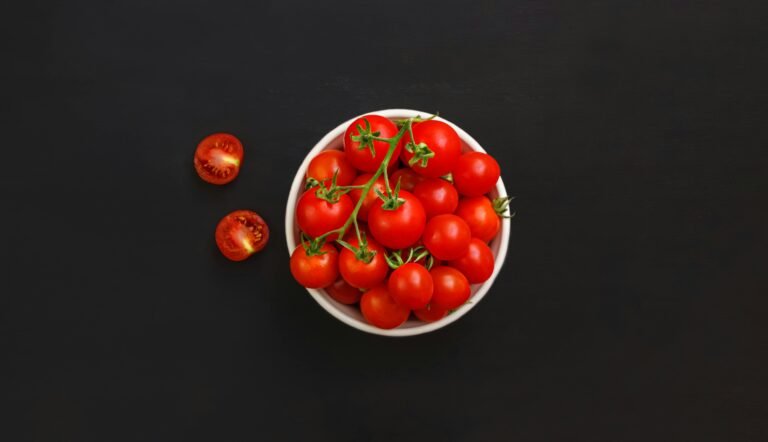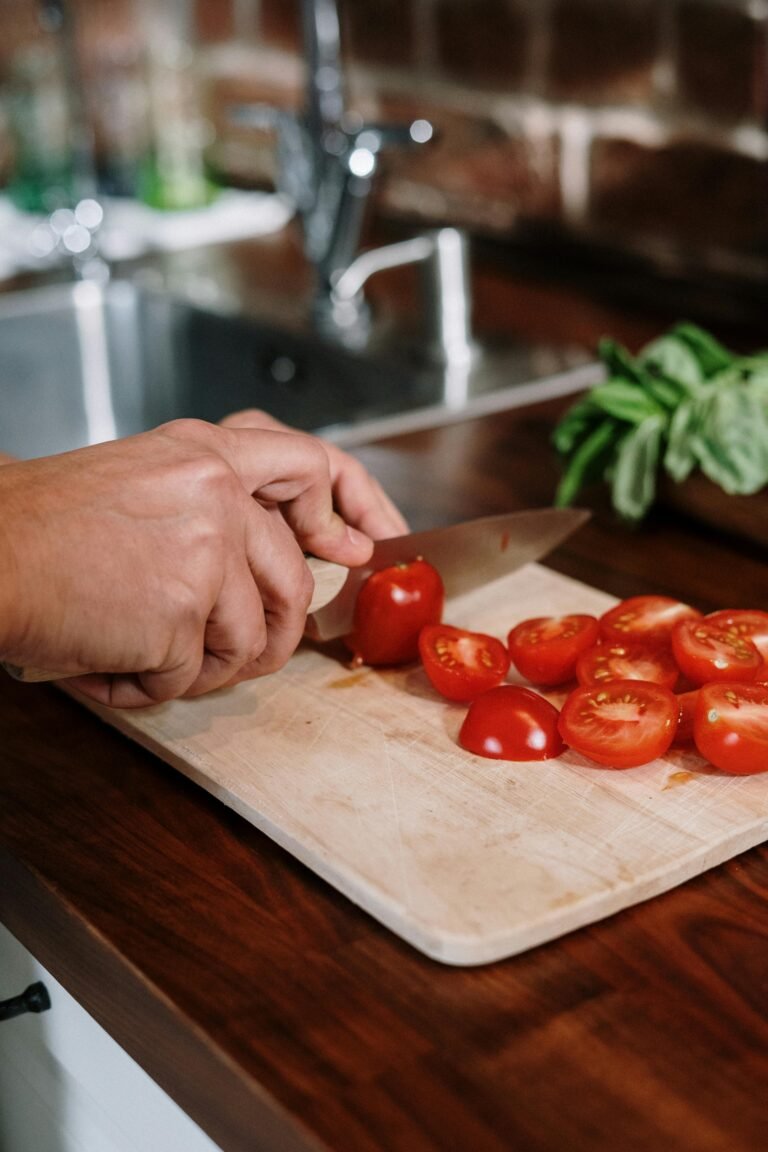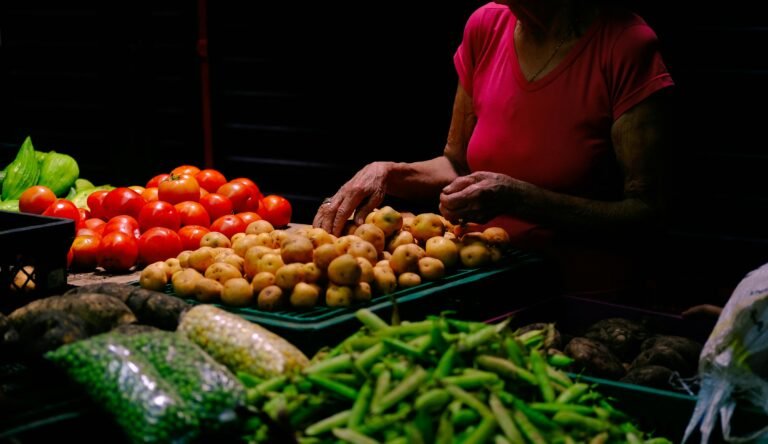8 foods to avoid if you want to lose weight
Are there any foods to avoid to lose weight? Unfortunately, yes, or at least learn how to dose them better.
Some time ago there was a British broadcast also translated into Italian, I think on Real Time, which was called ” Secret Eaters “ , in which the eating habits of overweight or obese people who could not lose weight in any way were analyzed.
Then cameras were placed in the house, and it was found that most people ate secretly or didn’t care about the portions.
As I explained in this video , underestimating how much you eat is the first problem for those who cannot lose weight.
In this article, I give you some examples of this premise, starting with a list of 8 foods to avoid or limit if we want to lose weight.
I write foods to avoid , but in reality in some cases as we will see you can find alternatives or there are tricks to limit them that will also allow us to save a lot on spending.
8 FOODS TO AVOID TO LOSE WEIGHT
-
Peanut, almond, hazelnut butter, chocolate hazelnut cream, etc.
These foods should not be demonized and can even be part of a healthy diet.
But we must learn to limit them.A teaspoon of these butters or spreadable creams is not equivalent to 5 or 6 grams, but about 12: this is because the weight of butters and pastes such as gianduia cream is greater than a liquid and double / triple that of a powder. One tablespoon of peanut butter also comes to 28 grams of product.
Clearly, between 5 or 10 grams and 12 or 28 grams there is a difference of over a hundred calories.
If we love these foods, we just have to portion them intelligently. For example, we can use an ice cube tray, and fill the holes with cream, and then freeze it. Each cube is equivalent to about 20 grams of product. Half a cube is 10 grams, or 60 calories.
The daily maximum if we are trying to lose weight. -
The cheese.
The sprinkling of free grain on pasta is a problem if we want to lose weight, because the hand always escapes us. Better to use a teaspoon, and limit yourself to that. Same thing with mozzarella (100 gr is just a few) and with aged cheeses, which we cannot eat by eye, because we often make mistakes even by 20 grams, with a caloric difference of 70 calories for what appears to be an innocent morsel.
My advice is to try with portioned cheeses (for example there is Parmesan cheese in cubes of about 20 g) or portion them previously, remembering that 30 g of aged cheese is just over 100 calories. -
Fruit yogurts.
Like fruit juices, here the discussion is not about calories, but about quality. These yogurts contain a lot of fructose or combinations of sugars even though they appear fat-free on the label. Fat free does not mean healthy. Some of these products have between 15 and 30 grams of sugar per 125 grams of yogurt: the same percentages of a common snack. And, let’s say, they are not very filling. Much better than plain plain (plain) Greek yogurt, skimmed or not, with half a chopped fruit, or a teaspoon of coconut flakes or flaked almonds, and a sweetener of your choice.
-
Dehydrated fruit.
Today in supermarkets it is full of one-euro bags of dehydrated fruit (often berries) or chestnuts, ginger and other dehydrated products in bags considered a quick snack. When we then see the labels, we notice that in addition to the fruit itself, which being dehydrated has triple the sugar, sugar or oil is also added as a preservative. This makes them a 400-calorie snack about every 100g. Unless you’re a marathon runner, that’s way too much, both in terms of calories and sugar. If you love dehydrated fruit, buy it without additives of any kind, and eat a piece a day: a prune or an apricot or a date, for example.
That way you will stay on the 30-40 calorie snack.































+ There are no comments
Add yours